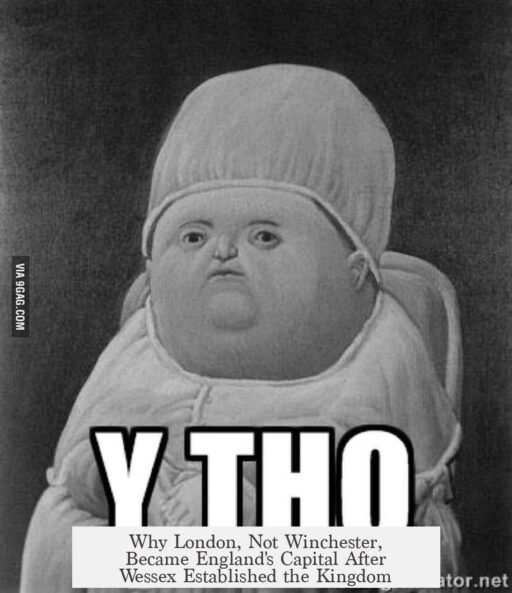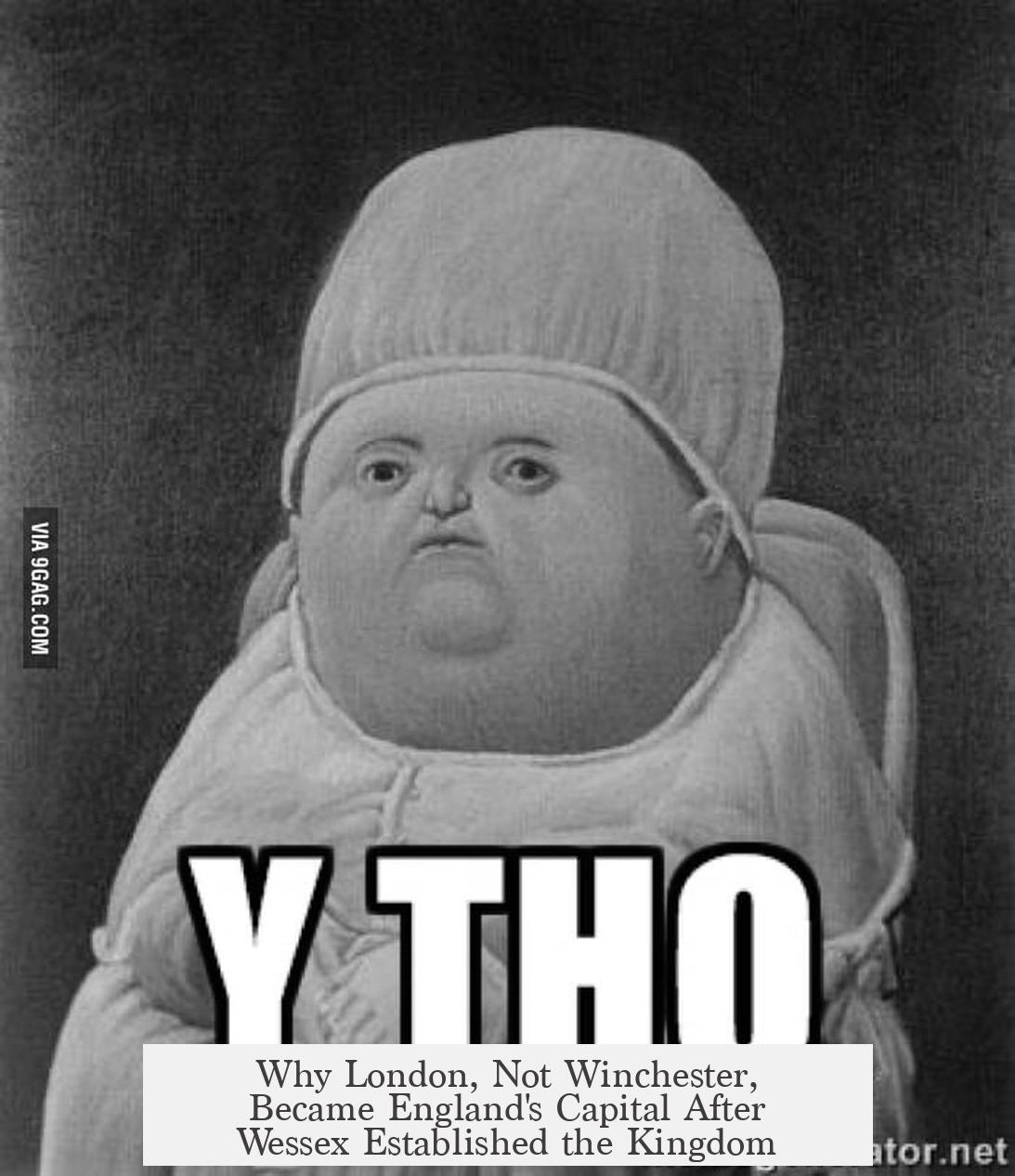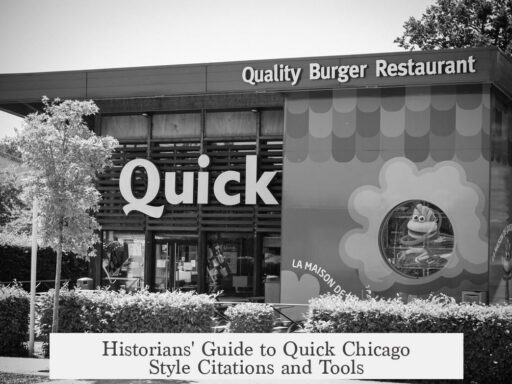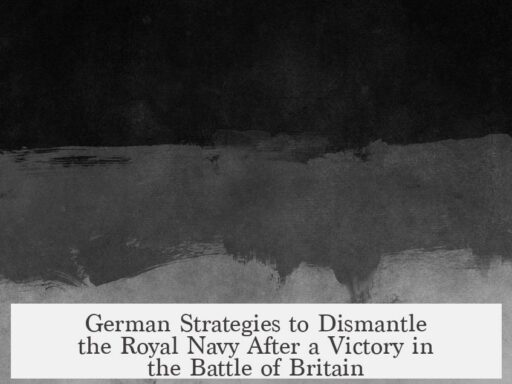London became England’s capital, not Winchester, because the concept of a fixed capital was fluid in early medieval England, and London’s geographic, economic, and political advantages eventually outweighed Winchester’s earlier status as Wessex’s center.

In early medieval England, kings did not rule from a single, permanent capital. Instead, their court was itinerant, moving across the kingdom to various royal estates and strongholds. The idea of a capital city as a fixed administrative center did not formally exist. Instead, the capital was effectively wherever the king held his court and government functions. Therefore, Winchester served as the nominal capital of Wessex and later England mainly because it was the royal residence of kings like Alfred the Great and housed royal burials.
Winchester’s political importance lasted through much of the 9th to 11th centuries. It was the symbolic and administrative heart of Wessex and early England under its kings. However, London was England’s largest and wealthiest town by the early 11th century. It thrived as a major port and trade hub, with rich Scandinavian commercial ties, notably under Viking influence. London’s economic power was affirmed by taxes levied there and its central role as a mint location.

Despite this, London—known as Lundenwic—was not initially a political capital when it came under Wessex control. Winchester retained that role primarily because London’s recovery and significance were still in transition after earlier disruptions like the Viking invasions and the plague of the 890s. Over time, London’s position as a thriving, strategically located port near the mouth of the Thames gave it distinct advantages. In particular, London was the closest site to the sea where the Thames could be bridged, a key factor not matched by Winchester or other Essex towns like Colchester.
The decisive shift toward London began with the Norman Conquest in 1066. Edward the Confessor constructed the Benedictine Abbey of St Peter at Westminster and a royal palace on nearby Thorney Island. These developments anchored royal presence just west of the medieval City of London. William the Conqueror continued this by building his own palace and the Tower of London, establishing a stronghold that suited his dual holdings in England and Normandy.

Following the conquest, Westminster emerged as the political center where Parliament met and the monarchy centralized governance. Kings Harold and William were crowned at Westminster Abbey, affirming its symbolic importance. Westminster held separate city status and developed a distinct identity from “The City of London” itself, yet the two areas together formed the nucleus of England’s government.
London’s appeal for the Norman kings was practical:

- Strategic coastal access favored trade and military movement across the English Channel.
- The city’s existing wealth and infrastructure supported governance and economic control.
- The defensive structures and palaces reinforced London’s role as a secure power base.
- Special privileges granted to the City of London enhanced its autonomy and importance.
The transition from Winchester to London was gradual, not abrupt. Winchester remained symbolically important well into the 12th century, and the Bishop of Winchester continued to hold significant lands in London, including Winchester Palace near London Bridge. However, over time, London’s size, wealth, and geopolitical advantages solidified its primacy. The capital moved from a primarily symbolic royal court in Winchester to the political and economic hub centered around Westminster and the City of London.
Today, Westminster, part of Greater London since the late 19th century but historically in Middlesex, carries the enduring legacy of this shift as England’s de facto capital. The seat of government, monarchy, and Parliament remains there, reflecting centuries of historical development that elevated London above its early rivals.

| Aspect | Winchester | London |
|---|---|---|
| Early medieval role | Nominal capital of Wessex and England, royal burial site | Largest and wealthiest town, economic hub |
| Political status (pre-1066) | Primary royal residence and administrative center | Economic and trading center; not royal capital |
| Post-Conquest role | Declined in political centrality; bishop retained lands in London | Rise of Westminster and royal palaces; seat of government |
| Geographic advantage | Inland, away from sea | Major port; closest Thames crossing to the sea |
Key takeaways:
- Early England had no fixed capital; kings moved their courts frequently.
- Winchester was the capital during Wessex’s dominance and held symbolic royal importance.
- London’s economic and geographic advantages made it essential as a port and trade hub.
- Norman kings developed Westminster as a political center, consolidating authority.
- The shift from Winchester to London happened gradually, influenced by changing political, economic, and military needs.
If Wessex Formed the Kingdom of England, Why Did London, a City in Essex, Become England’s Capital and Not Some Closer City Like Winchester?
Here’s the straightforward answer: London became England’s capital not because it was originally the heartland of Wessex—far from it—but due to its economic might, strategic location, and royal favor after the Norman Conquest. The shift was gradual, tied closely to the rise of Westminster as the seat of power rather than an overnight change. Let’s unpack this historical puzzle step by step, peeling back layers of medieval politics, geography, and urban evolution.
Imagine England in the early medieval period. The idea of a fixed capital city? That’s a modern concept. Kings back then were itinerant rulers, constantly on the move. Their “capital” was wherever the king chose to hold court and where their royal household camped for the night. It wasn’t a marked place on a map, officially declared by some ancient piece of parchment.
Medieval Capitals: More Practical Than Pompous
In the early medieval period, the king’s court moved frequently. Royal households traveled across various estates, known as vils and “farms of one night,” so the king and his followers wouldn’t drain resources from a single location. Therefore, a permanent “capital” as we think of it today did not quite exist.
- Some cities rose in prominence because they were economic or religious hubs rather than official capitals.
- Winchester stood as the closest thing to a capital of the Kingdom of Wessex—and later England—but it was not formally codified as such.
- Places like Tamworth in Mercia and Gloucester under Æthelred and Æthelflæd highlight that capital status changed based on the reigning sovereign’s preference.
So, why wasn’t Winchester the capital of England once Wessex formed the kingdom? Let’s trace the story.
Winchester: The Proud Heart of Wessex
Winchester, located in southwest England, was a marvelous city. It housed royal tombs—the resting place of kings like Ecgberht and Æthelwulf. Under King Alfred the Great and subsequent rulers, Winchester was a key political and religious center. For centuries, it performed the capital’s roles.
Even so, London, though part of Essex at the time, was already England’s largest town by 1018, boasting substantial wealth and vibrant trade. It was not the capital then, but a powerhouse nonetheless.
In short: Winchester was Wessex’s crown jewel, but London was the booming metropolis just waiting to snatch the spotlight.
London Before It Ruled
London, or Ludenwic as it was called, was a bustling trade port with keen access to the sea. It had rich Scandinavian trading links due to Viking activity. This made it a financial hub, running royal mints and levying taxes foundational to the king’s purse.
Despite all this, London was overshadowed by Winchester in political clout—until Edward the Confessor came along and started building what would change the game forever.
Westminster: The Birthplace of England’s Capital
Edward the Confessor, in the mid-11th century, built the Benedictine abbey of St Peter at Westminster, accompanied by a royal palace on adjacent Thorney Island. This was no small development. It placed a royal residence near London, rather than in Winchester.
When the Norman Conquest occurred in 1066, William the Conqueror quickly recognized London’s potential:
- There was already a palace there, an established seat for royal business.
- London was a major port city. Normans held lands across the sea in Northern France, making London’s maritime access vital.
- The city had strong fortifications already in place, like the Tower of London, safeguarding the capital and the Norman crown.
Both William and the king he displaced, Harold, were crowned at Westminster Abbey. This cemented Westminster’s status as the royal center—a status that eventually extended to political governance and parliament.
Why Not Winchester? Geography and Economy Speak
Let’s get practical here. Winchester, beautiful as it was, lacked the port facilities and broad economic connections London offered. Located inland, it couldn’t support the same volume or diversity of trade that London enjoyed. Importantly:
- The River Thames could be bridged near London, a significant advantage for trade and military logistics.
- London was the closest major city to the sea with direct access to continental Europe.
- Its harbor enabled control of shipping, trade taxes, and customs essential to the kingdom’s wealth.
Essex, containing London, was geographically better positioned for England’s evolving role as a coastal and continental power.
The Gradual Shift and the Politics of Power
This switch didn’t happen overnight. Even after the Norman influx, Winchester held on as a nominal capital into the 12th century. The Bishop of Winchester retained vast lands and influence, maintaining a strong presence, including Winchester Palace near London Bridge.
However, by holding court and Parliament at Westminster in London, the Norman kings established a new power center. Westminster itself was historically separate from The City of London as a medieval legal distinction. It became a political capital with city status only in 1540 and formally merged into Greater London centuries later.
The special rights and privileges granted to the City of London under Norman rule further propelled its importance. London developed defensive walls, major residences, and administrative structures unmatched elsewhere in England. This turned London into both a fortress and a nerve center.
Symbolism and the Weight of History
London’s position as a capital is partly symbolic—it was founded by the Romans after 60 CE as Londinium, intended as a power statement. This historic depth, combined with its trade connections, helped London claim pan-English prestige even when its national allegiance was ambiguous between Mercia and Wessex.
The Norman kings, keen on integrating their English and continental dominions, favored London for these broad symbolic and practical reasons. As the English monarchy’s continental ties deepened, London’s maritime access and existing infrastructure became non-negotiable.
Summary Table: Winchester vs. London as Capitals
| Feature | Winchester (Wessex Capital) | London (Later Capital) |
|---|---|---|
| Political Status | Nominal Wessex and early English capital; royal burial site | De facto capital from Norman Conquest; royal court & Parliament |
| Economic Role | Local administrative and religious hub | Largest wealthiest town; major port and trade center |
| Geography | Inland, no port facilities | Strategic Thames location; bridge and sea access |
| Royal Patronage | Royal residences; bishops’ power base | Westminster Palace, Tower of London, Norman palaces |
| Historical Prestige | Wessex heartland, burial site of kings | Roman foundation; Norman political and military base |
What Can Modern Readers Learn From This Shift?
Understanding why London, originally part of Essex and not Wessex’s heartland, became England’s capital encourages us to think differently about political power. It’s not just where a kingdom starts that matters, but where practical needs, economic strength, and royal decisions align.
Have you ever wondered how cities rise and fall in your own country? What conditions do you think create a “capital city” today? The story of Winchester and London shows capital cities are a mix of geography, economy, and the whims of leaders.
Practical Tips for History Buffs and Curious Travelers
- Visit Winchester to walk through Wessex’s regal past. Its cathedral and ancient streets feel close to England’s early kings.
- Explore Westminster and The City of London to understand the combined power of politics, trade, and culture shaping modern England.
- Use maps from different periods to see how political power physically moved over time—then reflect on how our own cities evolve.
So, the next time someone wonders why London rules as the capital, just remind them: capitals aren’t born overnight, and kings pick their thrones where it suits the crown—and the coin purse.
After all, even medieval monarchs knew—location matters!




